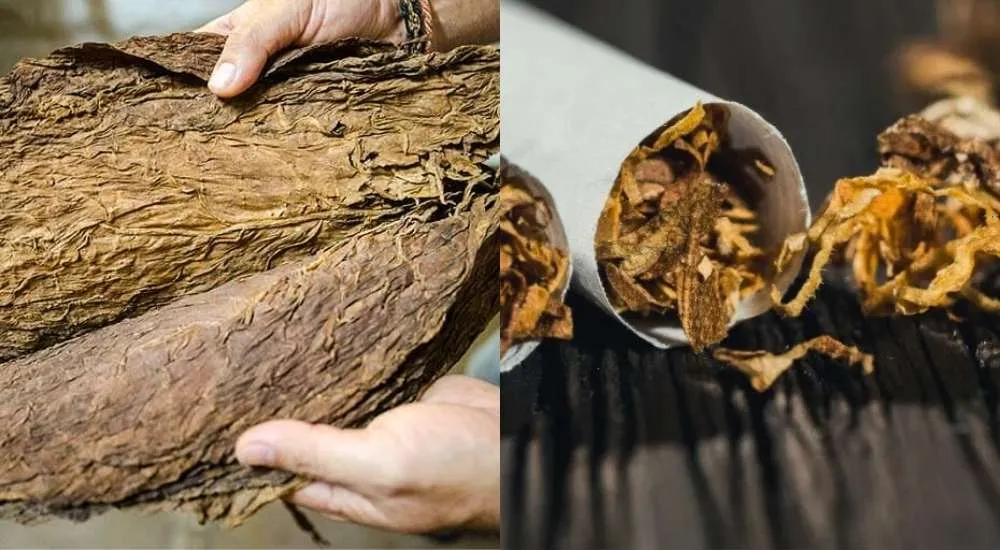
The tobacco industry has evolved significantly over the years. One of the key distinctions that manufacturers, distributors, and consumers now pay attention to is the difference between organic tobacco and conventional tobacco. While both types eventually end up in products like cigarettes and cigars, the methods of cultivation, processing, and manufacturing vary considerably.
This guide provides a comprehensive manufacturing perspective, exploring the differences, challenges, and opportunities when working with organic versus conventional tobacco.
Organic tobacco is cultivated without synthetic pesticides, herbicides, or chemical fertilizers. Instead, organic farming relies on natural compost, crop rotation, and biological pest control to produce leaves free of harmful chemicals.
From a manufacturing standpoint, organic tobacco requires:
The result is a product that appeals to environmentally conscious consumers seeking a “cleaner” smoking experience.
Conventional tobacco is grown using standard agricultural practices, often involving synthetic fertilizers, pesticides, and chemical treatments. This approach allows for:
For manufacturers, conventional tobacco is easier to process with standard Tobacco Machinery and can be reliably integrated into bulk production lines using Tobacco Cutters and other automated equipment.
Manufacturers need to adapt their equipment to handle organic tobacco effectively:
Investing in versatile machinery allows manufacturers to switch between organic and conventional tobacco without compromising efficiency.
Premium brands, including many Cigarette Brands in Dubai, increasingly include organic tobacco options in their portfolio. Benefits include:
Proper processing and handling ensure that the organic leaves maintain their natural aroma, taste, and nicotine balance, which is critical for brand reputation.
Manufacturers must weigh these factors carefully when incorporating organic tobacco into production lines using existing Tobacco Machinery.
Despite these challenges, many manufacturers view organic tobacco as a strategic investment to differentiate their products in competitive markets.
From a manufacturing perspective, organic and conventional tobacco present unique opportunities and challenges. Organic tobacco requires careful handling, dedicated equipment, and precise blending to maintain quality and certification standards. Conventional tobacco, on the other hand, provides uniformity, higher yields, and easier integration into standard production lines.
Premium Cigarette Brands in Dubai and other global brands rely on both types, selecting the right tobacco for the desired product profile. Advanced Tobacco Machinery, Tobacco Cutters, and Cigarette Making Machines enable manufacturers to produce high-quality cigarettes, regardless of whether the leaves are organic or conventional.
Ultimately, understanding the differences between these tobacco types allows manufacturers to optimize production, meet consumer demand, and maintain premium quality standards.
Organic tobacco is grown without synthetic chemicals, while conventional tobacco uses fertilizers and pesticides.
Yes, but adjustments may be needed to protect the delicate nature of organic leaves.
Organic tobacco appeals to eco-conscious consumers and adds value to premium cigarette brands.
Yes, organic tobacco may have a more natural flavor profile, sometimes softer and less chemically influenced.
Yes, organic tobacco must meet strict standards to be labeled and marketed as organic.
Tobacco Machinery, Tobacco Cutters, and Cigarette Making Machines are key for precise and careful processing.
We specialize in the provision of Tobacco Machinery. Our expertise encompasses not only the trading of machinery but also extends to being a dedicated supplier. This specialization is enriched by our comprehensive solutions tailored for emerging Cigarette Companies. What sets us apart is our ability to offer firsthand insights through our active Cigarette Manufacturing operation in the UAE.